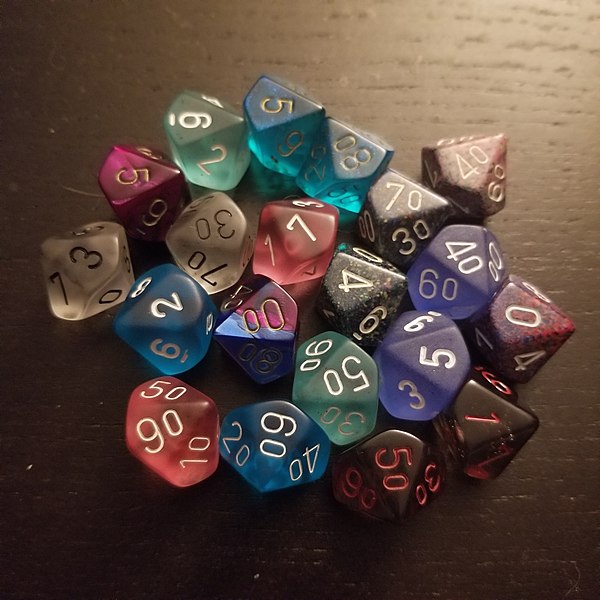This should not be implemented until the players are comfortable with the base rules.
It is very important that if these optional rule are used, it applied to PCs and NPCs equally!
Keeping your Footing after being injured.
An optional rule that playtested well with my gaming group is to have characters fall down occasionally while taking wounds.
If a character takes bruises or brought to "Hurt" nothing special happens.
If a character is brought to wounded, they need to make a reflexive Stamina roll at 5 to keep their footing. Characters brought to Mauled must roll difficulty 6, and characters brought to Crippled must roll difficulty 7.
A character can use a partial A-action or B action to stand up but this detracts dice pools. Also, depending on intiative of people involved, a prone character may be left vulnerable to the enemy, since melee and brawling attacks against prone targets are -1 difficulty bonus to hit and prone characters parry or dodge at a +1 difficulty penalty.
Keeping in the saddle after being injured.
Make a reflexive Wits + Ride roll if the rider is injured to keep in the saddle using the same difficulties for a character on footing keeping their footing. Unless you are in a non-mililtary saddle, then raise the difficulty by +1.
If the horse is injured, roll Dexterity + Ride for the rider to keep in the saddle, but raise the difficulties above by +1.
If an equestrian is riding a horse that is killed or knocked unconscious out from under then, roll Dexterity + Ride difficulty 8 to land gracefully.
A failure means you take some falling damage, a botch means you either take a lot of falling damage or you get pinned to the ground by your dead mount.
One success is enough to avoid taking damage, but you lose all your remaining actions that round and need to use a partial action to dismount your dead horse next turn. Two successes means you can end up on your feet okay but you still use up your remaining actions. Three or more successes means you can act normally on foot the rest of the round.
Knockback
Knockback can and does occur even when an attack is parried or soaked. Usually the effect of knockback is negligible unless an opponent is deliberately trying to literally push a character around (in which case they need to raise their attack difficulty based on what they are trying to do).
If your character is fighting near a narrow ledge, what would ordinarily be a negligible amount of knockback can become a lethal problem. If even a tiny bit of pushback is a problem, then a character can roll Dexterity + Athletics reflexively when struck to avoid it. Usually difficulty 5 in this case.
Even if there is no ledge nearby, if a character is fighting someone MUCH bigger and stronger than they are (like humans fighting a giant monster), push back is probably going to automatic, but what remains a question is whether the knock back will cause a real problem or just make the fight look cooler. Characters need to roll Dexterity + Athletics reflexively just to avoid being knocked off their feet. In this case, difficulty 6 is a good metric for after parrying an attack, or difficulty 7 after being hit (even if the damage is soaked).
The difficulties are guidelines, not rules and you can adjust them up or down as circumstances dictate.
In some cases, knockback might be automatic. Skeleton warriors weigh so little, they can be knocked back or knocked down nearly every time they are struck by a strong warrior, even when the soak the damage. Especially when they soak the damage, since that would transfer more kinetic energy to their bodies rather than diffuse the force in breaking their bones.

Comments